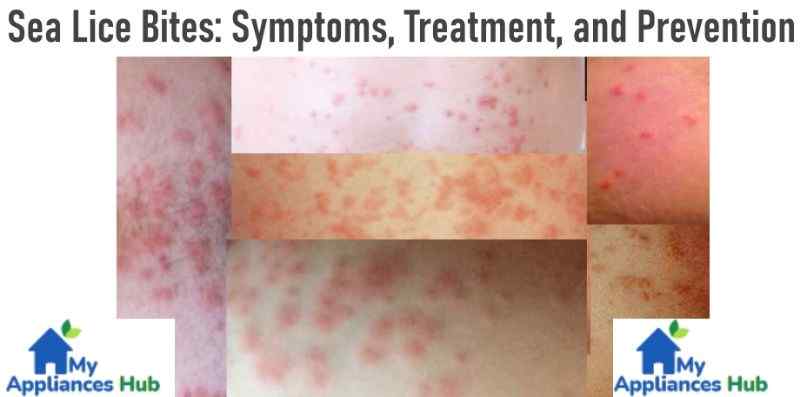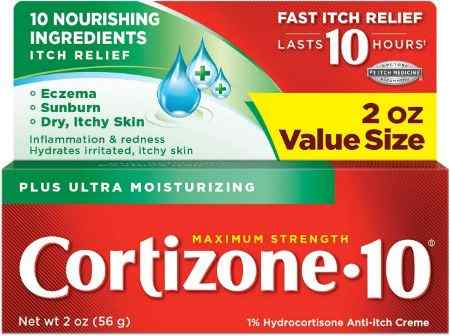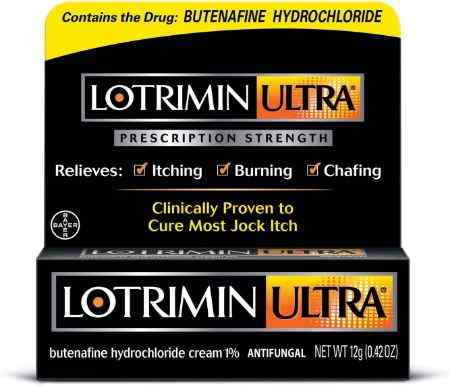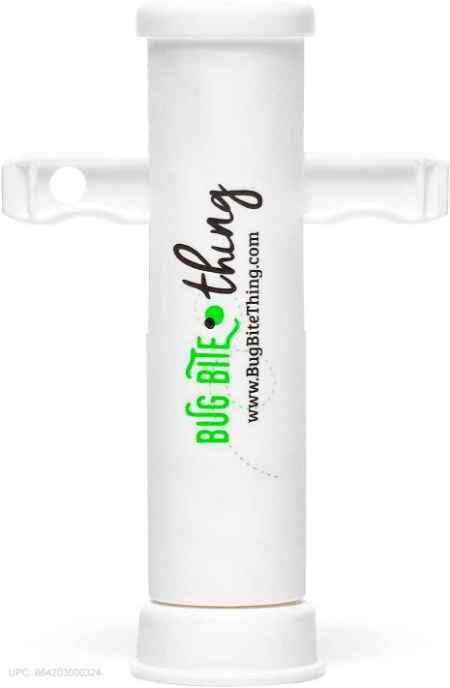The skin of marine animals, including humans, can develop a rash and painful bites from sea lice, which are tiny parasites that live in the ocean. These bites, also known as sea lice bites, and the rash that develops as a result, also known as sea lice rash, are brought on by the parasites adhering to the skin. When sea lice bite, the skin may become extremely itchy, and red, and develop lumps or blisters. They frequently emerge in groups and resemble other kinds of bug bites. The signs, symptoms, and treatment for sea lice bites will be covered in this article, along with advice on how to avoid them. The article’s goal is to teach readers how to properly treat and avoid getting sea lice rash and bites.

Related Articles
- Sea Lice: What Does Sea Lice Look Like? Life Cycle, And Origin
- Bed Bug Bites vs Flea Bites: How to Tell the Difference and Get Relief
- What Are Sea Fleas? Where Are Sea Fleas Found in USA?
- What Do Sand Flea Bites Look Like? Symptoms, Prevention, and Treatment – Tungiasis
- Flea Bites On Cats: What Do Flea Bites Symptoms Look Like on Cats?
Insect Bites & Itches Relief Anti-Itch Gel & Cream



Summary: Sea Lice Bites: Symptoms, Treatment, and Prevention
So what are sea lice bites? Small parasites called sea lice produce rashy skin and unpleasant bites. Intense itching, redness, and lumps or blisters are among the symptoms. Antihistamines, OTC creams, and refraining from scratching are all forms of treatment. Avoid swimming in contaminated regions, take a shower after swimming, and wear loose clothing in the water to avoid getting bitten by sea lice. To avoid infection and consequences, get treatment.
What Are the Causes of Sea Lice Bites and Rash
Small parasitic creatures called sea lice, sometimes known as marine leeches or sea louses, are the culprits behind sea lice bites and rash. The ocean is home to sea lice, which humans can contract by coming into touch with infected aquatic life or polluted water. Additionally, they can cling to towels, swimwear, and other items that have been in touch with contaminated water.
Factors Increasing the Risk of Rash and Sea Lice Bites
Several things can make sea lice bites and rash more likely, including:
- Swimming in waters where there are lots of sea lice
- putting on constrictive garments while swimming
- Using snorkels or dive suits that have been contaminated
- allowing contaminated water to come into contact with incisions or open wounds
- Swimming in contaminated water for extended periods
- swimming in shallow, warm water where sea lice are likely to flourish.
To lessen the chance of getting a rash and sea lice bites, it is crucial to be aware of these variables and take precautions. This can entail staying away from regions where there are a lot of sea lice, dressing in loose-fitting clothing in the water, and not utilizing infested equipment. Infested water should also be avoided coming into contact with cuts or open wounds, and swimming duration should be minimized, especially in warm, shallow seas where sea lice are more prone to flourish.
How Sea Lice are Transmitted to Humans
Contact with infected marine creatures or contaminated water can result in the transmission of sea lice to humans. Additionally, they can cling to towels, swimwear, and other items that have been in touch with contaminated water. To lower the danger of transmission, it’s critical to stay away from contaminated water and take a shower right away after getting out of the water. Additionally, it is advised to steer clear of utilizing contaminated gear like dive suits or snorkels as well as to keep cuts or open wounds away from contaminated water.
Summary:
- Contact with infected marine creatures or contaminated water can result in the transmission of sea lice to humans.
- Swimwear, towels, and other goods that have come into touch with contaminated water may also become infected with the parasites.
What Do the Sea Lice Bites And Rash Look and Feel Like?
Small, red pimples or blisters on the skin may be seen after a sea lice attack. They frequently come in groups and might itch. The itching from the bites could be really bad and interfere with normal tasks. In certain instances, the bites may also result in a skin rash, which may take the form of anything from little red bumps to noticeable areas of inflammation. If the bites are scratched, the rash may become itchy and spread. Other symptoms like fever, headache, and muscle aches can also result from the bites and rash of sea lice. It is crucial to see a doctor if these symptoms appear to identify the reason and obtain the proper
Symptoms of Sea Lice Bites and Rash
Sea lice rash and biting symptoms include:
- Itching: The itching from sea lice bites can be very bad and interfere with normal activities.
- Redness: Depending on the person’s susceptibility to the bites, the bites may also result in mild to severe redness on the skin.
- Lumps or blisters: Sometimes, bites from sea lice can leave the skin with bumps or blisters. These lumps could be uncomfortable and loaded with fluid.
- Rash: The bites may also result in a skin rash that may show as little, crimson pimples or as broad, as inflamed areas. If the bites are scratched, the rash may become itchy and spread.
What Other Symptoms Do They Cause?
Sea lice bites and rash can also result in other symptoms like fever, headaches, and muscular aches. It is crucial to see a doctor if these symptoms appear to identify the reason and obtain the proper care.
Treatment for Sea Lice Bites and Rash
Home Remedies for Relief of Symptoms
- Topical creams and lotions are available over-the-counter and can be applied to the affected region to assist soothe itching and irritation. Examples include hydrocortisone cream and calamine lotion.
- Utilizing a cold compress on the affected region might also help to lessen itchiness and swelling.
- Antihistamines: Orally administered antihistamines available over-the-counter to treat itching include loratadine (Claritin) and diphenhydramine (Benadryl).
Medications that Can be Prescribed by a Doctor
A doctor may recommend stronger treatments if the symptoms of sea lice bites and dermatitis are severe or do not improve with home cures. These might include anti-inflammatory drugs to help with itching and inflammation, such as corticosteroids like prednisone.
Prevention of Sea Lice Bites and Rash
- Avoid swimming in locations where there may be an infestation to prevent sea lice bites and rash.
- After exiting the water, immediately take a shower.
- When in the water, avoid wearing tight clothing.
- Don’t use infected gear like snorkels or dive suits.
- Stay away from touching polluted water with cuts or open wounds.
- Spend as little time as possible swimming in contaminated water, especially in warm, shallow areas where sea lice are more prone to flourish.
Sea Lice vs. Swimmer’s Itch
Is sea lice the same as swimmer’s itch? Two distinct disorders might result in irritating skin reactions: swimmer’s itch and sea lice. Making a distinction between the two is crucial because they each have unique causes and courses of therapy.
Small parasites called sea lice cling to the skin of marine creatures, including people. They are capable of producing itchy bites and a skin rash. Typically, sea lice bites are found on the waist, chest, and legs—areas of the body that are covered by swimwear or other clothing when swimming.
Contrarily, Swimmer’s itch is caused by cercariae, a type of parasite found in freshwater bodies like lakes and ponds. These parasites embed themselves in the skin and produce itchiness. The face, neck, and arms are among the parts of the skin where a swimmer’s itch is more likely to develop because they are not covered by clothing.
Treatment for Sea Lice Bites and Rash
- Nonprescription creams and lotions
- Antihistamines
- Medications on prescription (if needed)
Treatment for Swimmer’s Itch
- Over-the-counter lotions and creams
- Antihistamines
- To avoid infection, refrain from scratching the injured region.
If symptoms are severe or do not get better with home treatment, it is crucial to see a doctor.
FAQs About Sea Lice Bites Rash: Symptoms, Treatment, and Prevention
How long do sea lice bites last?
Normally, the rash only lasts between two and four days. But for up to two weeks, some people may have a rash from sea lice bites. Children are particularly vulnerable to the severe symptoms of sea lice bites, such as nausea and high fevers.
Can you wash off sea lice?
You should remove your bathing suit as soon as you can. After that, rinse your skin with fresh water to remove any external parasites from the sea, such as sea lice. The rash will worsen the more you are exposed to the jellyfish larvae toxins. To kill any larvae caught in the cloth, wash your bathing suit in hot water and dry it. The fewer opportunity you provide for these animals to sting you, the better.
How do I know if I have sea lice bites?
You can get a stinging or prickly sensation while in the water. However, it is more typical to experience it a short while to a few hours after exiting the water. The rash is red and itchy and occurs on areas of your body that are hidden by hair or a swimming suit.
Does vinegar help with sea lice?
Sea lice are small parasites that can infest marine species, including fish and shellfish, and vinegar has long been used as a home cure to destroy them. Because vinegar is acidic and can damage the parasites’ outer protective covering, some people think it can kill sea lice. This causes the parasites to dehydrate and eventually die.
The usefulness of vinegar as a sea lice treatment is supported by certain scientific research, although this is crucial to highlight. When present in large quantities, it might be toxic to marine life. For therapeutic alternatives, speak with a veterinarian.
Can you feel ‘sea lice’ as they sting?
Although the stinging sensation varies from person to person, you might be able to feel sea lice as they bite. Some people might experience a severe sting, while others might experience nothing at all.
How Long Does the Rash Last?
The rash brought on by sea lice bites might vary in length, but it often goes away on its own within a few days to a week.
Are Jellyfish Larvae Toxins Harmful?
Toxins from jellyfish larvae may be dangerous if they come into touch with the skin and trigger an allergic response. To avoid getting stung, it’s crucial to keep your distance from jellyfish and their tentacles.
Can you prevent sea lice bites?
Wearing protective clothing, applying insect repellent, and staying away from activities that can expose you to infected animals or water are some preventative measures you can take to avoid getting bitten by sea lice.
How to Avoid the Rash
You can take steps like wearing protective clothing, using insect repellent, and staying away from activities that can expose you to infected animals or water to prevent the rash brought on by sea lice bites.
Are sea lice bites contagious?
Typically, sea lice bites are not contagious.
How To Avoid Sea Lice Bites
You can take efforts to prevent getting bitten by sea lice, such as wearing protective clothing, applying bug repellent, and staying away from activities that could expose you to infected animals or water.
Are sea lice harmful?
The parasites known as sea lice infest aquatic species and harm them. They are normally not hazardous, however, they might cause minor skin irritation in people. Take steps to stay away from them, especially if you have an allergy or a compromised immune system. Seek medical treatment if you have any symptoms that might be caused by sea lice.
When do sea lice come out? When is sea lice season?
Referred to as Sea Bather’s Eruption in science. The issue resurfaced in the middle of the 1980s after 20 years, and research was done. It has been found that March through August sees the most complaints regarding this rash. In general, warmer waters are where sea lice are most likely to be found, and the summer is when they are most active. They can, however, also exist in other regions of the world and at other seasons of the year.
What is biting me at the beach?
Horse flies, midges, and No-See-Ums are just a few of the little pests that might bite you while you’re at the beach. These insects can bite your flesh to consume blood, resulting in a reaction that resembles a mosquito bite. They are frequently difficult to find. Other factors, such as sand fleas or sea lice, could be the reason for a bite. Wearing long sleeves and pants and applying insect repellent to your skin is a good suggestion at all times, especially during the periods of the day when these insects are most active. It’s crucial to get medical help as soon as you can if you have a severe or allergic reaction to bites.
How long does it take for sea lice to show up?
Several variables, including the person’s susceptibility to the bites and the number of lice that have invaded the skin, might affect how long it takes for a sea lice bite and rash to occur. After being bitten, some people could see a rash within a few hours, while others might not experience any symptoms for a few days. Generally speaking, it is not unusual for a rash to develop 24–48 hours after being bitten by sea lice.
Are sand fleas and sea lice the same thing?
Small, leaping insects known as sand fleas bite people. Small parasites called sea lice infest aquatic animals and can give people a rash.
Are sea lice parasites?
Yes, sea lice are little parasites that can infest fish and other marine animals as well as shellfish. They do not typically affect people and they are not the same as the lice that infest humans.
Why do I have a rash after being in the ocean?
You might get a rash after swimming in the ocean for several causes, including jellyfish stings, sea lice bites, saltwater rashes, bacterial infections, and sunburn. To receive the proper treatment, it is critical to determine the cause of the rash. It is crucial to speak with a healthcare provider for an appropriate diagnosis and course of treatment if you are unsure of the reason, if the rash is severe, or if it is accompanied by other symptoms.
Does sunscreen prevent sea lice?
There is some evidence, according to the Florida Department of Public Health, that applying topical sunscreen or suntan lotion may be able to prevent sea lice from penetrating your skin.
Conclusion: Sea Lice Bites Rash: Symptoms, Treatment, and Prevention.
In conclusion, sea lice often referred to as marine leeches or sea louses, are tiny parasites that may bite marine animals’ skin, including people, and result in an unpleasant rash known as sea lice rash. If you have a rash or bites from sea lice, you should get treated right away since left untreated, bites can cause infection and other problems. The signs and appearance of sea lice bites were covered in this article along with instructions on how to treat and avoid them. People can easily prevent and treat sea lice bites and rashes by being aware of the symptoms and adopting the necessary precautions.